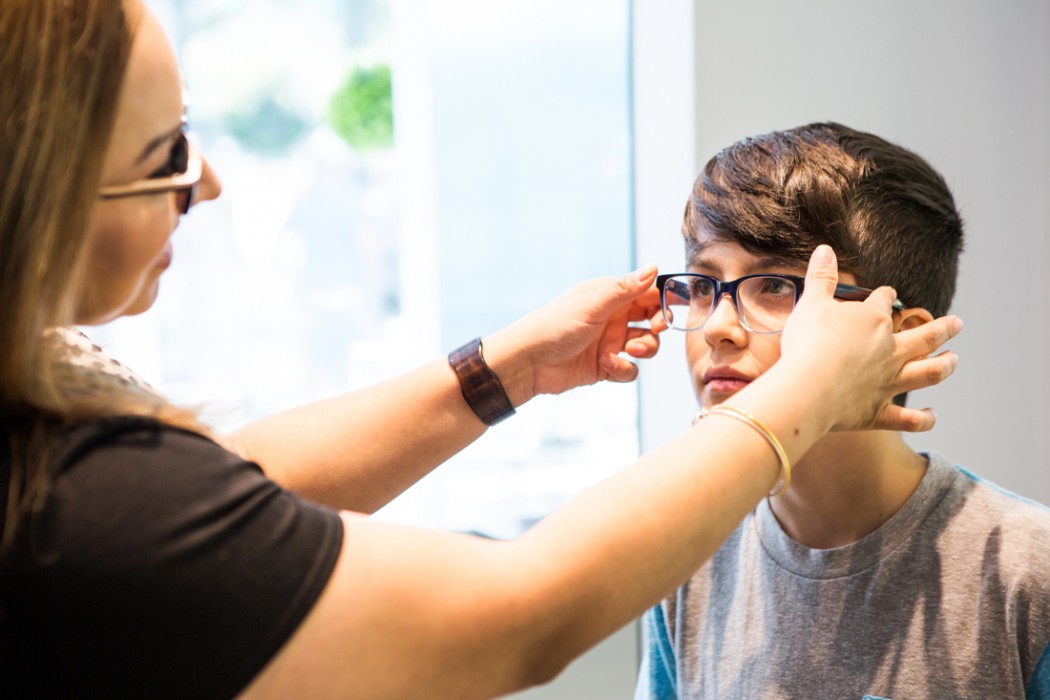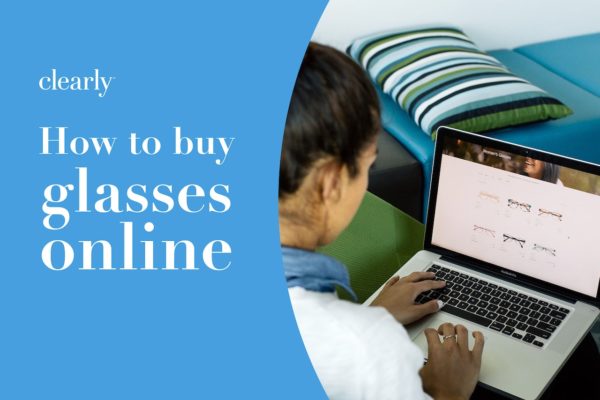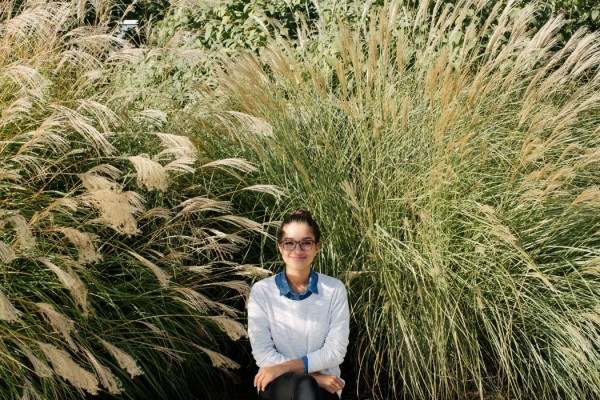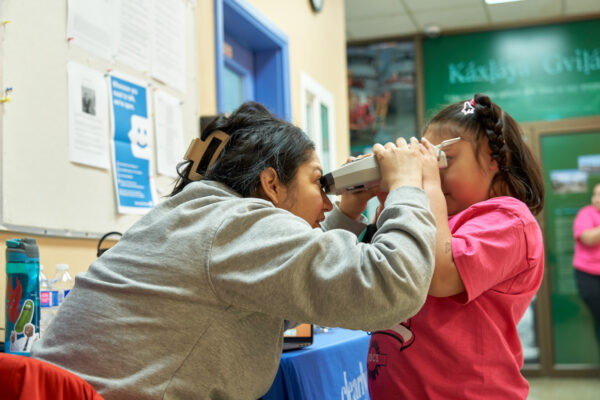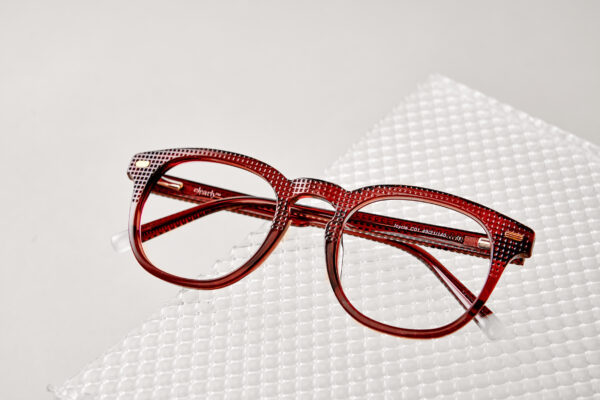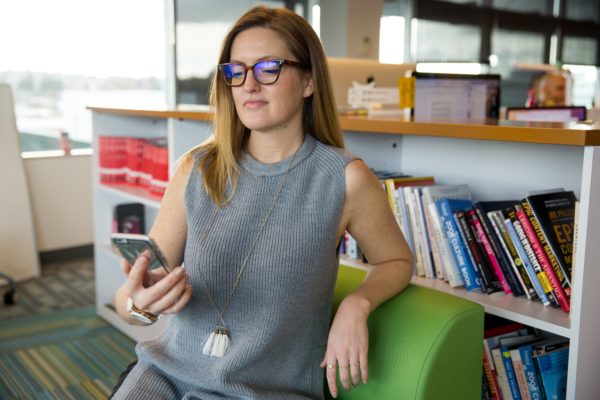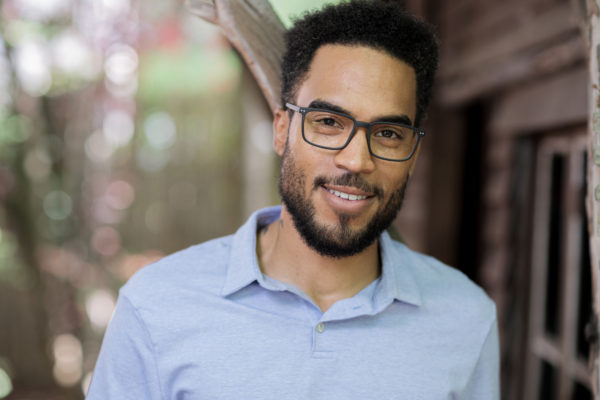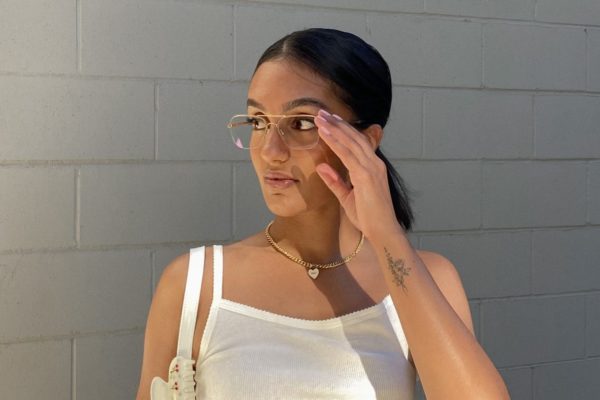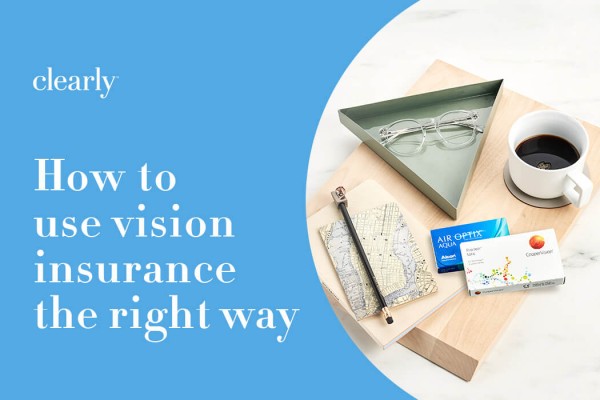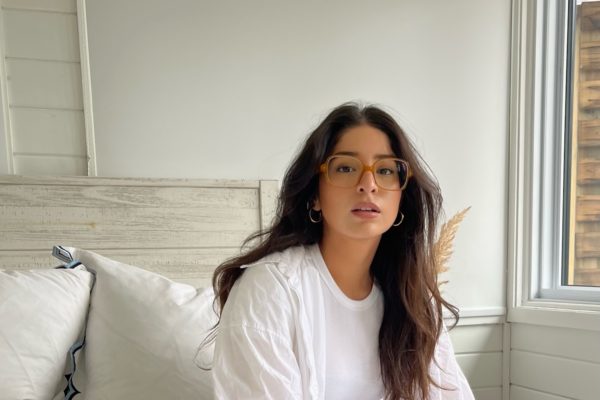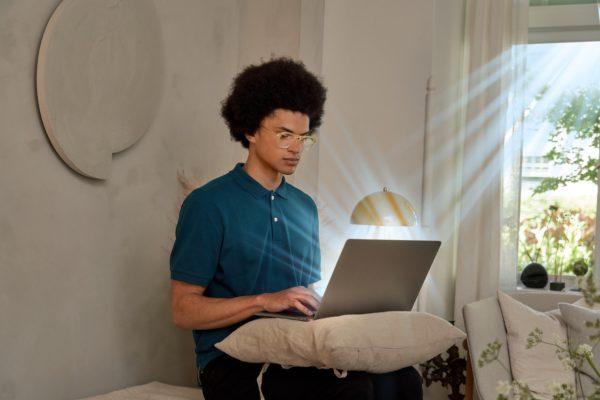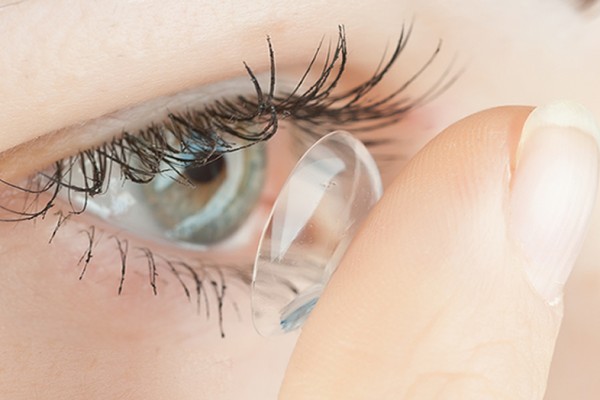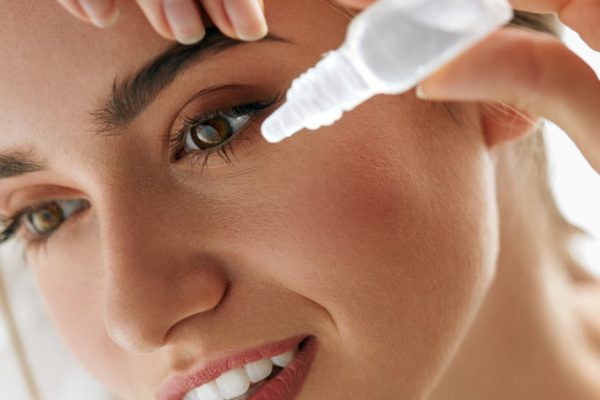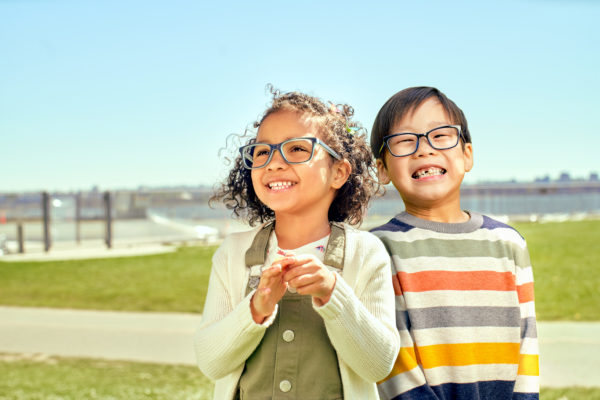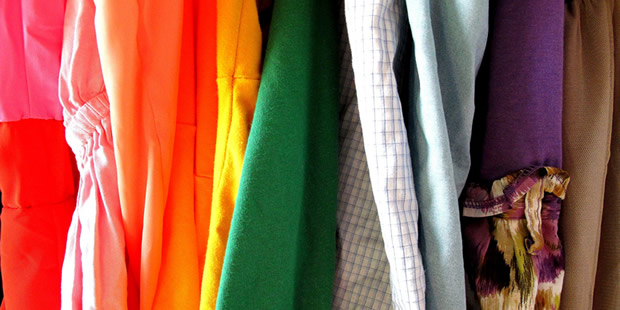Myopia (also known as nearsightedness) is one of the biggest eye health concerns in the world. The number of people who are myopic is increasing at an unprecedented rate – it’s estimated that 5 billion people, which is half of the world’s population, will be myopic by 2050.
But myopia isn’t just a problem for the adult population: almost 1/3 of cases of myopia in children go uncorrected and undiagnosed.
Every year, it affects more children at an earlier age and disrupts their ability to learn, develop, and feel confident in the world around them.
Regular eye exams are key to identifying and addressing myopia, in both kids and adults. Here, we explain the impact of myopia on children and what you can do to help the kids in your life and community to see their full potential.
What is myopia?

Myopia is the most common type of refractive error. Often referred to as nearsightedness or shortsightedness, it impacts distance vision – people with myopia can see close objects clearly, but objects further away appear blurry.
Myopia occurs when the eye is too long, or part of the eye (your cornea or lens) is too long or curved. This disrupts the retina’s ability to focus light and causes distant objects to look blurred.
What causes myopia?
The cause of myopia varies, but it’s often a combination of genetic and lifestyle factors.
People whose parents are myopic are more likely to be nearsighted. But some of our modern lifestyle changes likely contribute to rising levels of myopia.
As the Canadian Association of Optometrists (CAO) reports, some studies argue that close work, such as spending long hours reading or in front of a screen, can increase the risk of developing myopia.
There is some evidence that a decrease in time spent outdoors can also contribute to myopia in children and adults.
Myopia in children
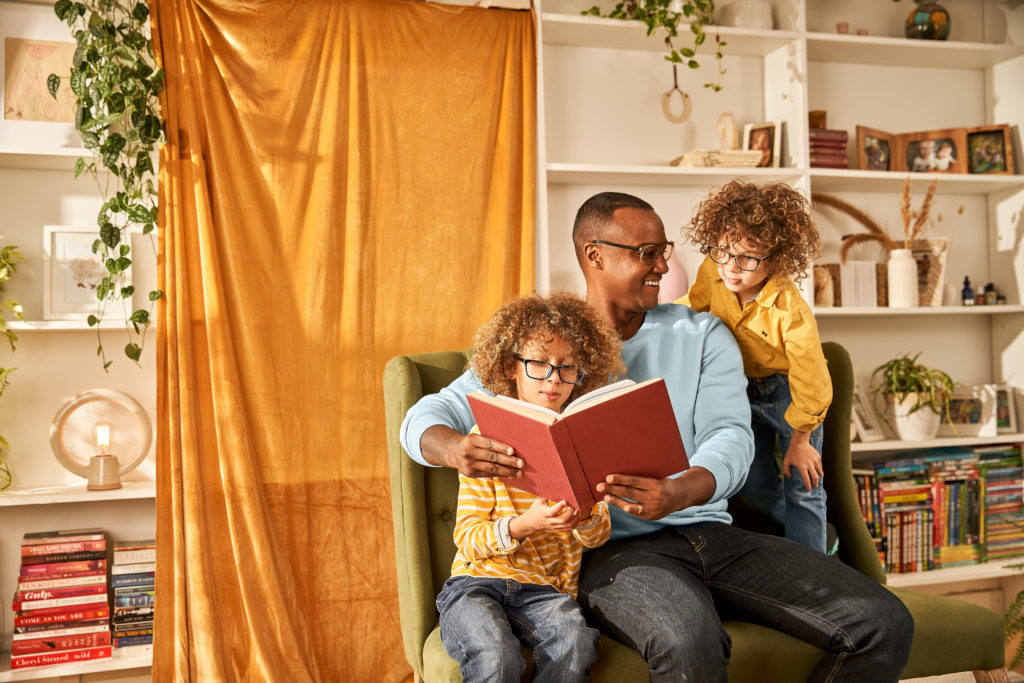
Myopia is generally detected in childhood and accelerates throughout adolescence and beyond, with a dramatic increase from grade 1 to grade 8, according to the CAO.
In the last 20 years, the number of children with myopia has grown significantly and is set to continue to rise. Trends are also showing earlier incidence of myopia in children.
The most sobering stat, however, that almost 1/3 of children with myopia aren’t aware of why they’re struggling to see or how to fix it. The younger a child becomes myopic, the faster it can progress – which means undiagnosed cases of myopia can have severe consequences on a child’s future.
How does myopia affect children?
Myopia can have a short and long-term impact on children’s physical health, quality of life, and opportunity. Over time, it can increase the risk of sight-threatening eye issues, including vision impairment and blindness.
Studies show that any level of myopia increases the risk of developing ocular conditions, such as glaucoma, cataracts, retinal detachment, and macular degeneration – the risk increases significantly once reaching high myopia.
It can also take a significant toll upon a child’s opportunities, as it affects their ability to engage in the world around them. 80% of learning is visual, and uncorrected myopia can be a huge barrier to children’s education, which has a knock-on effect on their confidence and self-esteem.
Preventing and treating myopia
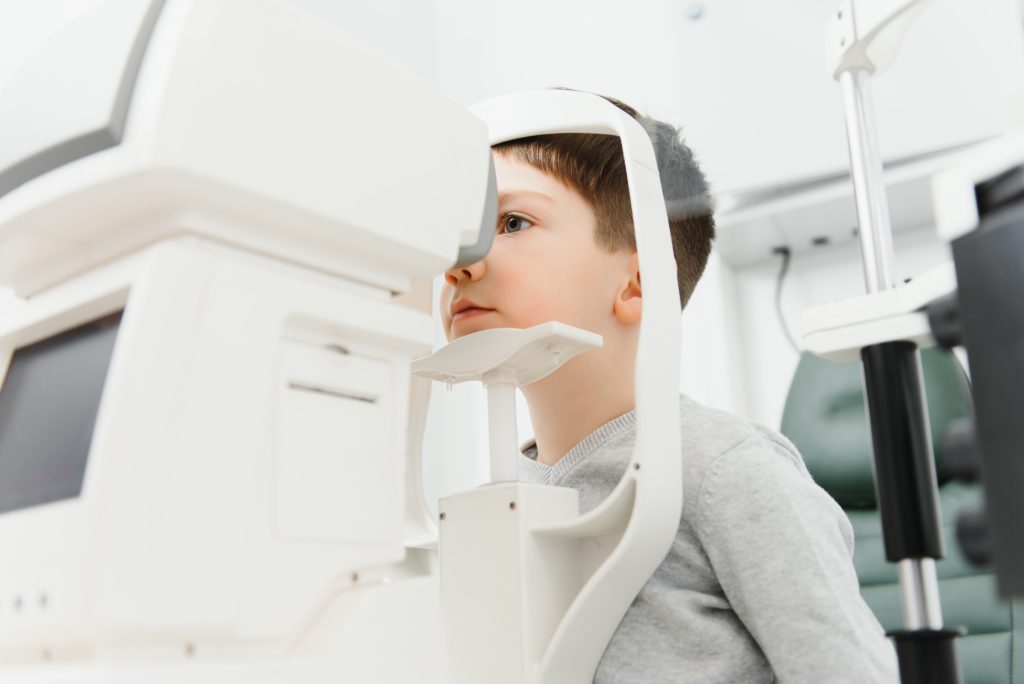
Regular kid’s eye exams
Early detection and management can slow down progression of myopia in children. Regular, comprehensive eye exams are vital in delaying its onset to help reduce the risks of serious eye conditions later in life.
Basic children’s health check-ups and eye screenings in school don’t include the detailed and specific investigation that is part of a comprehensive eye exam.
Kids should have an eye exam once a year (and adults should every 1-2 years!).
Signs of myopia in kids
Parents and teachers should also look out for signs of vison issues in children, which include:
- Complaints of headaches
- Inability to focus
- Squinting or partially closing the eyelids to see clearly
- Difficulty seeing far away objects (like the whiteboard at the front of the classroom)
- Sitting closer to the TV or front of the classroom
Even if you don’t notice any of these signs, it’s still important to schedule annual comprehensive eye exams for kids.
Healthy lifestyle habits
Some studies suggest that more time outdoors can also reduce the prevalence of myopia in children. The Canadian Association of Optometrists recommends that children should spend at least 1.5 hours outside every day.
Parents and teachers should also encourage kids to take regular vision breaks during reading and screen time.
Free Glasses for Kids
As part of Our Mission to eliminate poor vision and improve access to essential eyewear, children age 10 and under can get a free pair of glasses at any Clearly retail store location.
To take part:
- Visit your nearest Clearly store with your child’s recent prescription.
- Talk to our team and pick out a pair of kid’s frames.
- We’ll have the glasses shipped to your local store, where you can bring your child to try them on and complete any adjustments, if necessary.
The rise of myopia in kids is a problem that impacts all of us – and we can all help ensure that children can learn, play, and live in a world where they can see confidently and clearly. Get your kids eyes checked, tell your friends and family to book annual eye exams, and spread the word about the importance of regular eye exams.
Sources
Holden et al.: Global prevalence of myopia and high myopia and temporal trends from 2000 through 2050 (Ophthalmology 2016;123:1036-1042) Holden, B. A., Fricke, T. R., Wilson, D. A., Jong, M., Naidoo, K. S., Sankaridurg, P., … & Resnikoff, S. (2016).
Global prevalence of myopia and high myopia and temporal trends from 2000 through 2050. Ophthalmology, 123(5), 1036-1042. Flitcroft, D.I., He, M., Jonas, J.B., Jong, M., Naidoo, K., Ohno-Matsui, K., Rahi, J., Resnikoff, S., Vitale, S., Yannuzzi, L., 2019.
IMI – Defining and Classifying Myopia: A Proposed Set of Standards for Clinical and Epidemiologic Studies. Invest. Ophthalmol. Vis. Sci. 60, M20–M30. https://doi.org/10.1167/iovs.18-25957

